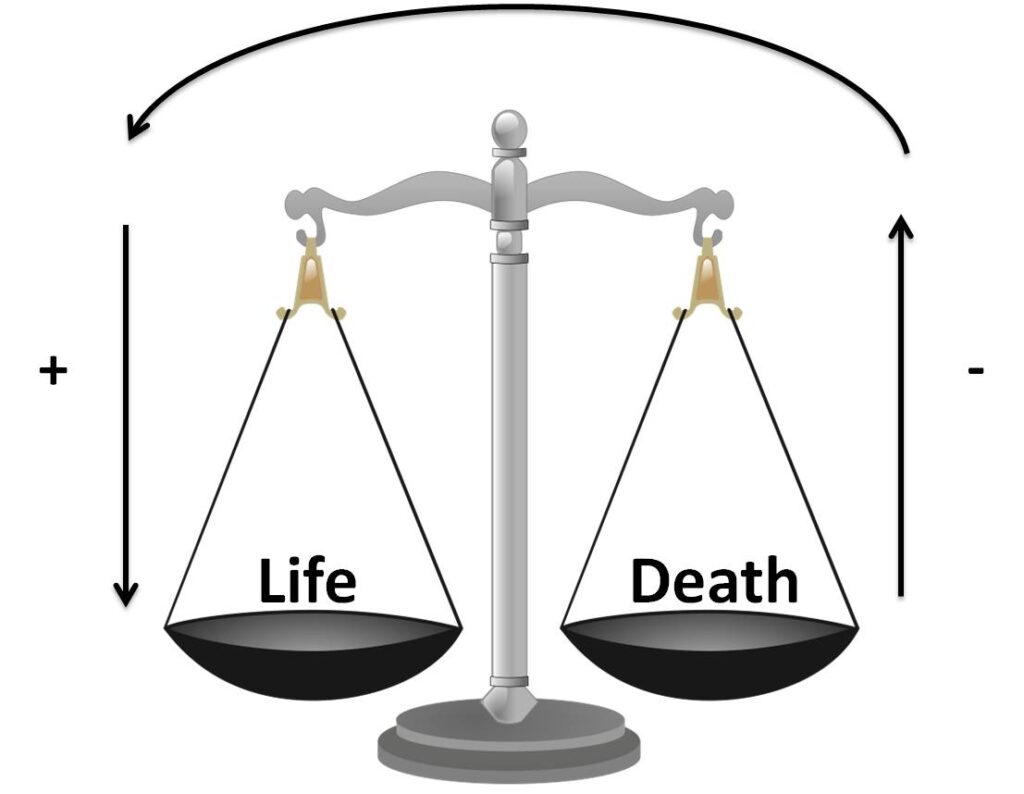
The debate is currently raging over whether the government should remove restrictions and re-open the economy. There are some who gravitate towards first eliminating all risk from the virus, economy be damned (if that’s even possible). On the other end of the spectrum there are those who say it’s time to open everything all at once and see what happens.
It’s obvious that the correct course is somewhere in the middle. If your focus is only on the virus the economy will be dead by the time it is deemed “safe” to remove lockdowns. If you focus only on the economy many additional lives will be lost. Most would agree with what Dr. Fauci said last week about what type of approach is needed: “I kind of refer to it as kind of a rolling re-entry. … There’s not going to be like, a light switch that you turn on and off..” If you agree with that premise you are now presented with many questions. When? Where? How much? How fast? In order to answer those questions it would be helpful to quantify the risks and rewards on both sides of the equation. Let’s take a look at each side of the equation in a hypothetical going forward.
On the “medical” side of the equation we now have three months worth of experience with the virus. As of today we have had 47,800 deaths attributed to the virus (15,933 per month average). Let’s assume, for purposes of our hypothetical, that our plan to “open the country” gets it totally wrong causing a “second wave.” Let’s further assume that the second wave spreads in exactly the same way as the first. If this happens the results would be awful but not quite as bad for several reasons. First, we are much better prepared. Treatments have improved, facilities have been built, and doctors now have experience dealing with the virus. Second, the demographics of the population were changed by the first wave. There are now a large number of people who have developed immunity and, unfortunately, a large number of people have died. This gives the virus less opportunity to spread . Taking this all into consideration I’m going to use a “second wave” assumption of 75% of the number of fatalities of the first for the purposes of our hypothetical. It could be better or it could be worse but, for this hypothetical that’s what we’ll go with. That would lead to 35,850 additional fatalities over three months (11,950 per month).
Looking at the “economy” side of the equation it needs to be pointed out that it should probably be renamed the “economy/medical” side. Not getting much press these days is the fact that there is a direct link between economic upheaval and medical outcomes, specifically fatalities. From an excellent article by Betsy McCaughey, “Every 1 percent hike in the unemployment rate will likely produce a 3.3 percent increase in drug-overdose deaths and a 0.99 percent increase in suicides, according to data from the National Bureau of Economic Research and the medical journal Lancet.” She points out that, “These are facts based on past experience, not models” and calls these fatalities “deaths of despair.” If one assumes a modest rate in the increase in alcoholism of 0.5% that would lead to an additional 445 deaths per year as well for each point of unemployment. Overall on this side of the equation, a 13% increase in unemployment (which is where we are this morning) would lead to an additional 37,560 fatalities per year (3130 per month). Here are some projections:
- a 13% increase in unemployment (current) would lead to an additional 37,560 fatalities per year.
- A 15% rise in unemployment (definitely on the horizon) would lead to an additional 43,350 deaths per year.
- A 20% rise in unemployment would lead to an additional 57,800 deaths per year
- A 32% rise in unemployment (as predicted by one St. Louis Federal Reserve economist) would lead to an additional 92,480 deaths per year.
The above does not even consider the fact that all “non-essential” surgeries have been postponed for three months now or that those who will be diagnosed with cancer will now be further advanced when they can finally get back to see a doctor. There are people missing their regularly scheduled cancer treatments and follow-up visits. During this epidemic many are avoiding going to the hospital for fear of catching the virus who really should be going to the hospital . Deaths from stroke and heart attack are up in some places by 40% to 60%. Many who now die at home keep postponing going to the ER because they are afraid of the virus. As you can see, there are large numbers of fatalities that will be caused by the ripples of massive economic damage and government lockdown.
So, let’s sum up and compare the two sides of the equation. If we assume that strict lockdowns and continued business closures would save all the lives in a possible second wave (not likely) that would mean we could save roughly 36,000 lives over three months. If we assume that the lockdown measures lead to a 15% increase in unemployment we will lose over 43,000 additional lives over the next 12 months as a direct result of the lockdowns themselves. As you can see, when considering both sides of the equation you must look at the consequences of the steps you are taking to save lives. Those steps could be having a net effect of zero by costing as many lives as they save. Or worse.
I asked a doctor friend a hypothetical question. I told him to assume he had an emergency room with 10 patients. I asked him if he would use a treatment that would save 5 of them immediately but, by using it, he would cause the other 5 to eventually die. He said, “You know the answer to that.”
